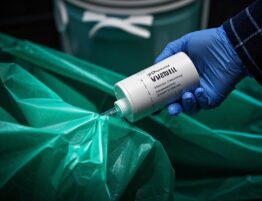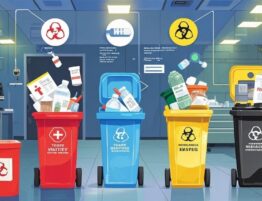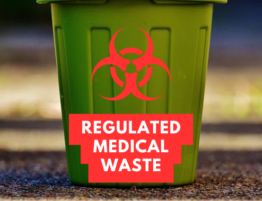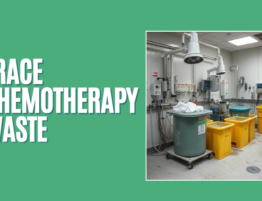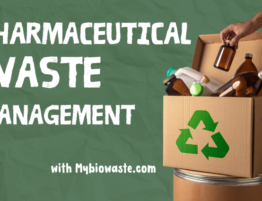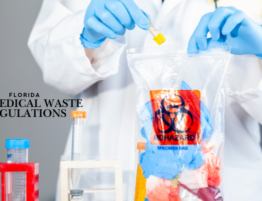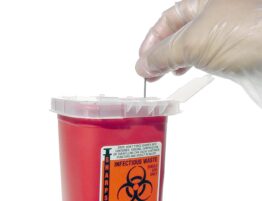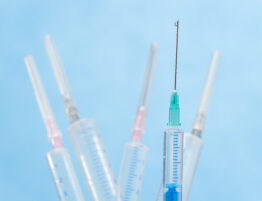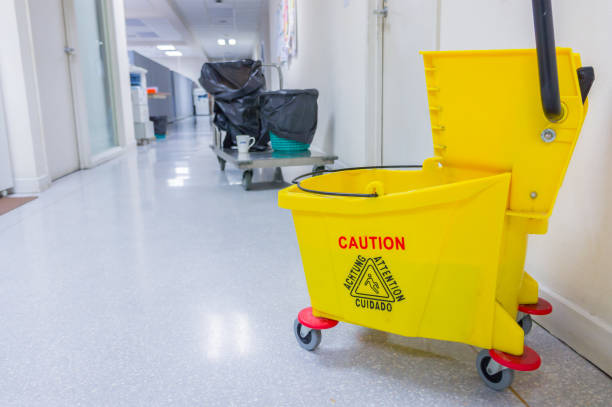
Every facet of waste management is essential to preserving a clean and safe environment in the healthcare industry. Hospital trash comes in many different forms, but Yellow bin waste is one of the most important. This article aims to examine the characteristics of yellow bin garbage, its importance in healthcare environments, and the appropriate handling procedures involved.
Understanding Yellow Bin Waste
Yellow bin waste, sometimes referred to as hazardous or infectious waste, is a broad category that includes various items that could be harmful to human health or cause illness. Items tainted with blood, body fluids, or other potentially infectious materials fall under this category of garbage. These materials could come from various medical operations, such as surgeries, examinations, or patient care tasks.
Typical objects to be disposed of in yellow bins are as follows:
- Used needles and sharps
Because of the possibility of needlestick injuries and the spread of bloodborne diseases, these are among the most dangerous things in medical environments.
- Bandages and Dressings Soaked with Blood
This group includes bandages, gauze pads, and wound dressings tainted with blood or other bodily fluids.
- Medical Disposables
After usage, single-use items, including catheters, tubing, and disposable tools, can be disposed of as yellow bin trash.
- Laboratory Waste
Yellow bins dispose of specimens, cultures, and other materials that may contain infectious agents in the laboratory.
- Personal Protective Equipment (PPE)
Infectious waste is used gloves, gowns, masks, and other protective gear worn by healthcare personnel while providing patient care.
Significance in Medical Settings
Healthcare establishments must handle yellow bin garbage properly for several reasons.
- Infection Control
By keeping germs from spreading throughout the hospital setting, disposed of adequately disposing of infectious waste lowers the incidence of healthcare-associated infections (HAIs) in patients and healthcare personnel.
- Regulatory Compliance
Strict rules and regulations govern how medical waste, including yellow bin garbage, is handled, stored, and disposed of at healthcare institutions. Maintaining accreditation and avoiding legal repercussions require strict adherence to these requirements.
- Protection of the Environment
Hazardous medical waste should be disposed of properly to avoid adverse environmental effects, such as contaminated water and soil. These environmental dangers are reduced by using appropriate disposal and segregation practices.
- Worker Safety
If appropriate precautions are not followed, healthcare personnel engaged in waste management tasks run the danger of coming into contact with infectious agents. Preserving the health and welfare of employees requires adequate training and strict attention to safety procedures.
Like Yellow Bin Waste in Hospitals, You may also like to read about the uses of Red DustBin.
Management Protocols
Hospitals must follow a systematic manner to guarantee safe handling, transportation, and disposal of yellow bin waste. Necessary protocols consist of:
- Segregation at the Point of Generation
To separate different forms of trash at the point of generation, healthcare institutions use colored bins or containers. Employees are taught to dispose of relevant stuff in the yellow bins marked for infectious or hazardous garbage.
- Utilization of Authorized Containers
The trash from yellow bins must be put in leak-proof, puncture-resistant containers labeled clearly with biohazard symbols and other pertinent information. These containers lower the possibility of unintentional exposure during handling and transit by preventing spills.
- Frequent Collection and Disposal
Hospitals set up plans to collect and dispose of trash from yellow bins to avoid accumulation and guarantee prompt removal from the property. The transportation and disposal procedure is managed by waste management teams or hired service providers in compliance with legal regulations.
- Staff Education and Training
Every healthcare worker in waste management receives in-depth instruction on safe handling practices, infection control strategies, and techniques. Sustaining compliance and reducing risks necessitates constant instruction and protocol reinforcement.
- Documentation and Record-Keeping
To show that they conform with regulatory standards, healthcare facilities keep thorough records of the trash generated, collected, and disposed of in yellow bins. Precise documentation makes waste management procedures easier to monitor, audit, and improve over time.
Conclusion
Given the inherent dangers in patient care and healthcare operations, yellow bin waste is essential to medical waste management. Hospitals can successfully reduce these risks and protect patient and healthcare worker health and safety by following established standards for handling, disposal, and segregation. Maintaining the highest environmental and public health standards in hospital settings and ensuring the best possible management of infectious waste requires constant attention to detail, education, and regulatory compliance.

